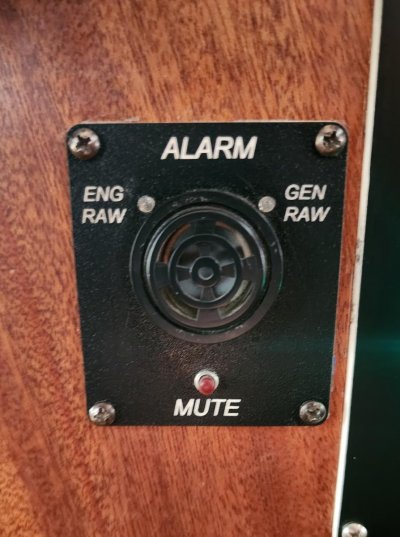TJM
Senior Member
I am applying some Engineering logic to "what can go wrong" on a Northern Lights 6kW Genny. Raw water cooling flow is not easily visual, except for discharge out the side.
I have replaced my black 3/4" ID feed hose from the impeller driven water pump to the heat exchanger with a thick wall clear hose. The hose being clear is a visual aid that I have sea water flow to the genny. I thought about placing a flowmeter in line with that feed line. The ball type meter so no moving parts like the paddle wheel type,
What are your thoughts ?
I have replaced my black 3/4" ID feed hose from the impeller driven water pump to the heat exchanger with a thick wall clear hose. The hose being clear is a visual aid that I have sea water flow to the genny. I thought about placing a flowmeter in line with that feed line. The ball type meter so no moving parts like the paddle wheel type,
What are your thoughts ?

